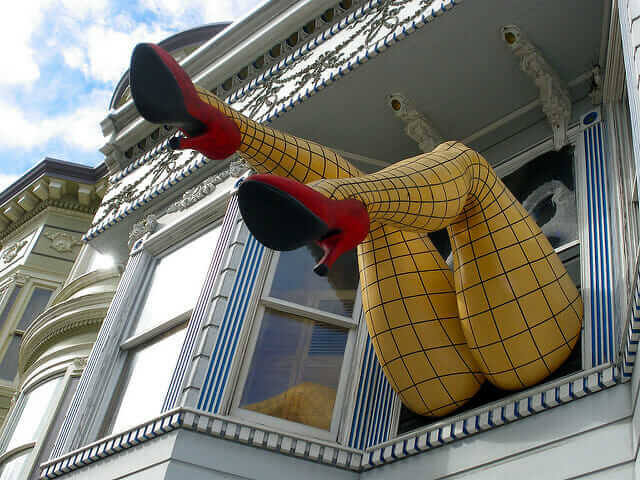The Achilles tendon, which runs from the base of your calf muscle (lateral gastrocnemius muscle) to the back of your heel bone, is named after the Myrmidon warrior Achilles. Born of a sea nymph and the king of Myrmidon, Achilles was dipped as a newborn into the River Styx by his mother, Thetis, to render him invulnerable. However, as she held him by the heel, that part of him was left unprotected and proved to be his ‘Achilles heel’ during the battle of Troy when the Trojan prince Paris shot Achilles in the heel, killing him.
Many of us today suffer from trouble with our Achilles tendons, and are well familiar with the pain and incapacity that damage to this tendon can cause. Pain from a damaged Achilles tendon can cause you to cut back on exercise and other daily activities. Pain in the Achilles tendon is sometimes called ‘dancer’s heel’.
Achilles Tendon Injuries
The Achilles tendon is a tough band of tissue that is meant to provide flexibility and strength to your feet and legs. This tendon is the reason why you can point your toes and extend your feet; without your Achilles tendon, your feet would be nearly useless.
Damage to this tendon occurs mostly through participation in sports, with nearly every popular sport a factor in developing tendon injuries. When stress is put upon the Achilles tendon from sports activities, tiny tears will develop. If given the chance, these tears will repair themselves, but constant repetition of the activity will mean that the tears become worse and worse. You will have no doubt that something is amiss, as damage to the Achilles tendon is not subtle:
- Pain will obviously be the first indication that trouble is brewing. Any part of the tendon can be painful, but it will probably be localized either where the tendon attaches to the calf muscle or the back of the heel. The pain from this type of tendonitis is usually worse upon getting up in the morning or after having sat for an extended period of time.
- If pressure is placed on either side of the tendon, the area will be very tender to the touch.
- Swelling may also be present, usually at the back or the heel or calf muscle. A painful knot can form at any point of the tendon.
- Rupture of the Achilles tendon is accompanied by a popping or snapping sound and excruciating pain. Walking will be nearly impossible, and running, climbing stairs, and jumping will be completely impossible.
Recovery from an Achilles tendon can be a lengthy process involving resting the limb, using compression bandages, and the application of ice to reduce inflammation. Sometimes surgery will be necessary to repair the tendon. It is nearly inevitable that scar tissue will form from an injury to the tendon, making it likely that pain will continue or recur at a later time.
Massage for Achilles Tendon Injuries
Surgery should always be considered a last resort except in the most extreme cases; for most people, a combination of rest and the use of pain relievers will ultimately return the Achilles tendon to a more normal state. However, it’s also possible to speed healing and reduce pain by using massage therapy.
- One of the greatest benefits of massage for Achilles tendonitis is that more blood is delivered to the critical area. More blood will mean more oxygen to help cells and tissues repair themselves.
- If excess lymph fluid has built up around the injury, either in the heel or the lower calf, massage can help this fluid to drain away, lessening pressure on nerves and allowing the freer flow of blood.
- Scar tissue can make it difficult for your Achilles tendon to regain full mobility and use; massage therapy is great at helping to break up hard, unresponsive scar tissue in the tendon itself.
Massage therapy can help to speed recovery from Achilles tendonitis, and will help to make the tendon and muscles more flexible, hopefully preventing a recurrence. A full recovery from an Achilles tendon injury, even without surgical intervention, can take a month or more.
